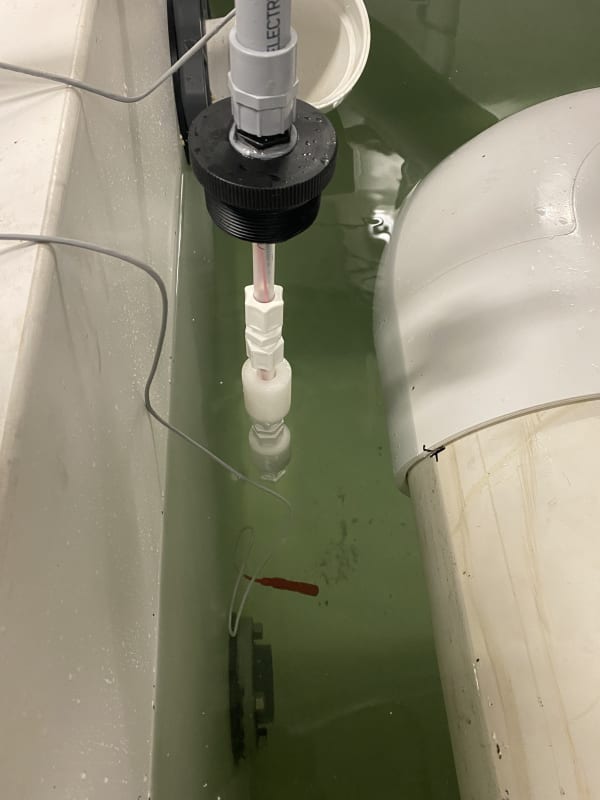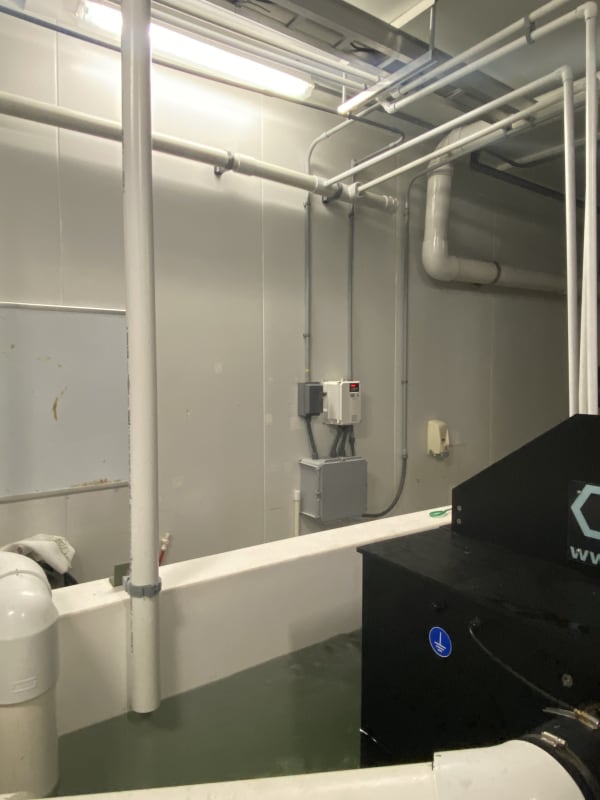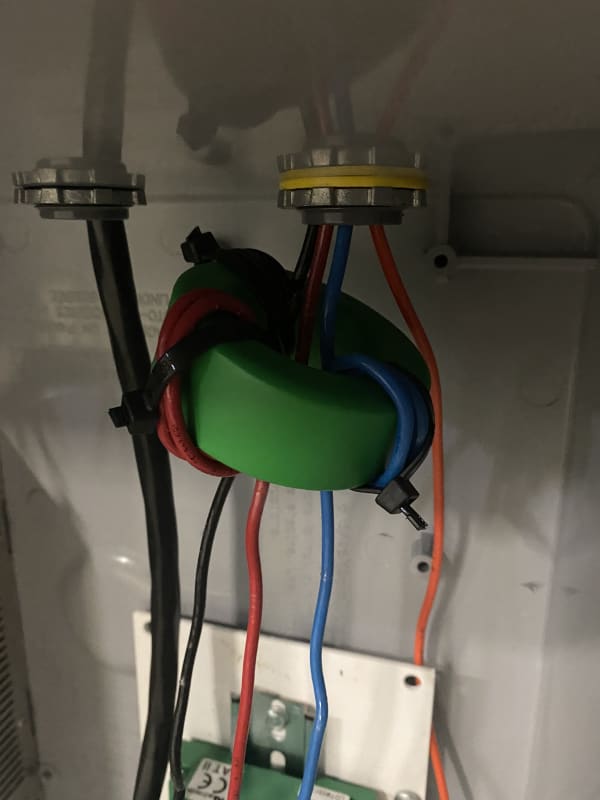itsmoked said:
Hi Pete; No worries, I wasn't targeting you. I ran aquariums for nearly 50 years and have seen so many electrical connection to the water over that time it was ridiculous. Almost every "Waterproof" thing wasn't at some point. I'm always leery of water with electrical apparatus associated with it. I was talking instrumentation while thinking safety at the same time.
Thanks. I know you are one of the most laid back and knowledgeable folks here. I overreacted a little. That’s good advice.
itsmoked said:
> There is no good reason for the brine to have enough VFD related electrical noise in it to screw up the data logging unless it's galvanically connected to the power somehow. Furthermore the probe shouldn't be caring unless it's also galvanically connected, i.e. wet to it's insides.
I’m on the same page as you that the probe design (not stated as immersible) and installation (including cable under water) is a huge cause for suspecting a water problem a priori. But I’m also on the same page as redsnake who pointed out: anomaly doesn’t occur in other tanks, anomaly seems to have occurred for multiple probes in this tank, anomaly stops when the vfd stops, anomaly stops when probe lifted. Clearly it's not
soley attributable to water intrusion. I think maybe (?) you're suggesting the anomaly is
partially attributable to water intrusion but only in combination with vfd noise. Meh, that would require that the water enters enough to disrupt the reading in presence of vfd noise but somehow not enough water inside the probe to cause any problem when vfd is off. I don't 100% rule out water ingress might play a role in that way, but there are way more plausible scenarios to me. Which leads to... I'm on the same page as davidbeach who suggest we focus on High Frequency (HF) voltage coupled into rotor (except I’d go a step further to include HF voltage on stator frame conducted to pump casing, in presence of the possible imperfect stator frame grounding that you had first mentioned... remembering that establishing a good bond to ground can be trickier for HF than for power frequency).
My thinking is that capacitive coupling allows that ac voltage (particularly HF) to jump across the motor airgap without any galvanic connection, and in a similar way it can allow HF to jump across the probe insulation, regardless of whether it is wet or not. That doesn't mean the whole journey is capacitive, the portion of the journey between the pump and the outside of the probe/cable insulation is resistive. The lack of grounded components in the pipe or tank means that any voltage at the pump extends much further through that conducting salt solution before the voltage decays ... so it can more easily get to the probe. Once it gets to the probe, shielding with a ground plane is the best defense against capacitive coupling, but it’s not clear exactly how much/effective shielding we have in this probe and cable. After all that, I think I come to one of the same solutions as you recommended (but for different reasons): We should lift the probe high enough to get that cord out of the water. I would recommend that in general regardless of symptoms, but in regard to solving this particular problem it removes the possibility that interference is transmitted to the underwater portion of the cable through the conductive water. Sure there may also be interference channels that might reach that portion of the cable in air, but those don’t particularly change when we lift the probe out of the water (where the problem went away), and they are harder to fix than simply moving them out of the water (although I wouldn’t mind minimizing the length of exposed cable by extending the conduit as close as possible to the probe... and take the opportunity to ensure there is minimum excess exposed cable length by creating enough conduit length to cover all the cable, or pulling excess cable back inside the conduit if practical, or tucking excess cable back inside if can be done without excessive bending).
That's a lot of general discussion, not much for op unless he wants to understand why we're making some of these recommendations. In terms of practical actions I'd still support voltage check; then either try the glass of fresh water, or else lift probe higher so cable interface is out of water.
I have no doubt things like shaft grounding or alternate probe might possibly end up being the more elegant solution. But we're at the beginning stages, try the above easy few things out first. op does not seem to be in a position to put in place any big changes.
=====================================
(2B)+(2B)' ?







![[ponder] [ponder] [ponder]](/data/assets/smilies/ponder.gif)
![[thumbsup2] [thumbsup2] [thumbsup2]](/data/assets/smilies/thumbsup2.gif)
